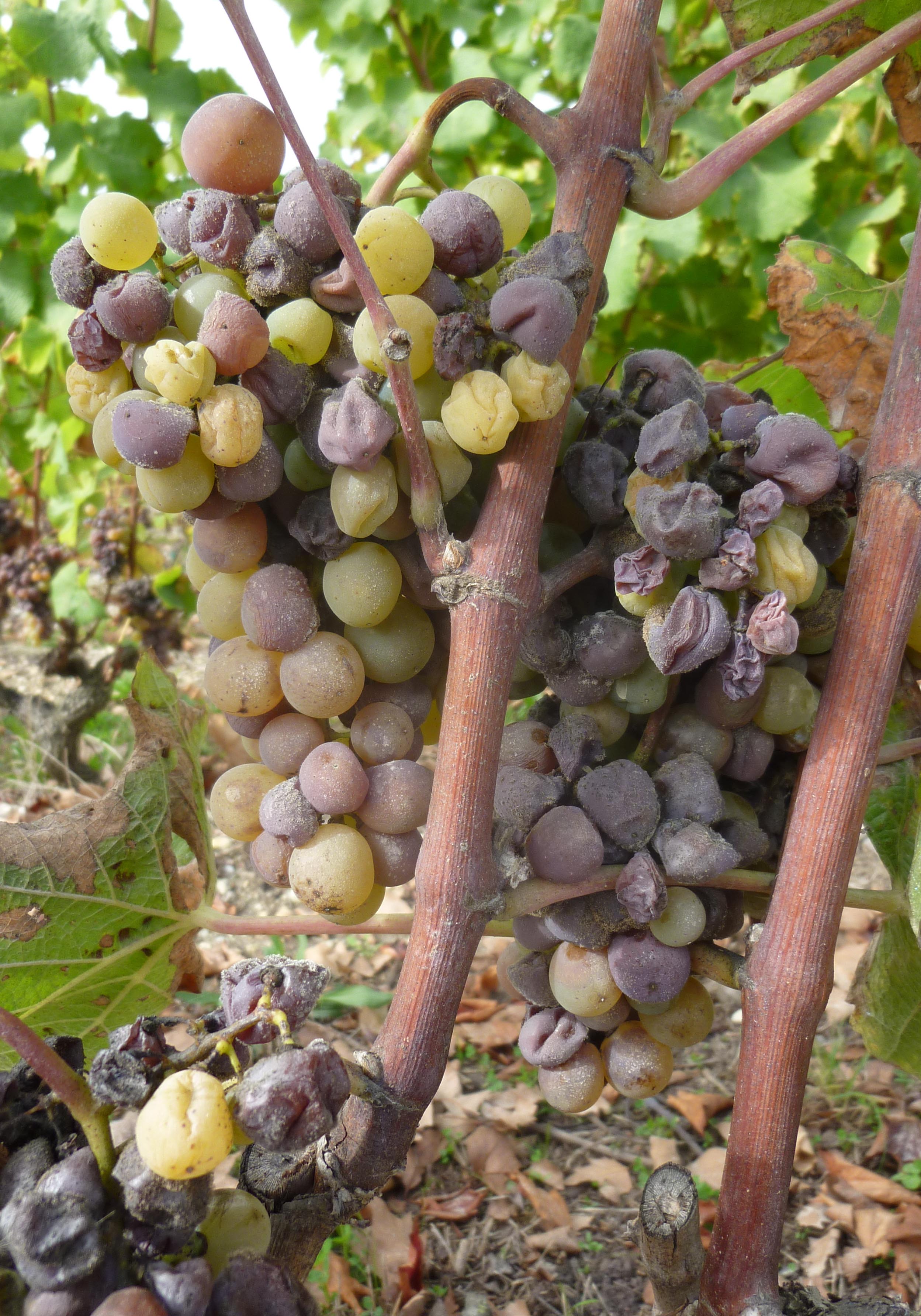How Plants Shut the Door on Infection
International team including University of Maryland researchers discovers key immune system protein in plants
Plants have a unique ability to safeguard themselves against pathogens by closing their pores—but until now, no one knew quite how they did it. Scientists have known that a flood of calcium into the cells surrounding the pores triggers them to close, but how the calcium entered the cells was unclear.
A new study by an international team including University of Maryland scientists reveals that a protein called OSCA1.3 forms a channel that leaks calcium into the cells surrounding a plant’s pores. The researchers determined that a known immune system protein triggers the process.
The findings are a major step toward understanding the defense mechanisms plants use to resist infection, which could eventually lead to healthier, more resistant and more productive crops. The research paper was published on August 26, 2020 in the journal Nature.
“This is a major advance, because a substantial part of the world’s food generated by agriculture is lost to pathogens, and we now know the molecular mechanism behind one of the first and most relevant signals for plant immune response to pathogens—the calcium burst after infection,” said José Feijó, a professor of cell biology and molecular genetics at UMD and co-author of the study. “Finding the mechanism associated with this calcium channel allows further research into its regulation, which will improve our understanding of the way in which the channel activity modulates and, eventually, boosts the immune reaction of plants to pathogens.”
Plant pores—called stomata—are encircled by two guard cells, which respond to calcium signals that tell the cells to expand or contract and trigger innate immune signals, initiating the plant’s defense response. Because calcium cannot pass directly through the guard cell membranes, scientists knew a calcium channel had to be at work. But they didn’t know which protein acted as the calcium channel.
To find this protein, the study’s lead author, Cyril Zipfel, a professor of molecular and cellular plant physiology at the University of Zurich and Senior Group Leader at The Sainsbury Laboratory in Norwich, searched for proteins that would be modified by another protein named BIK1, which genetic studies and bioassays identified as a necessary component of the immune calcium response in plants.
When exposed to BIK1, one protein called OSCA1.3 transformed in a very specific way that suggested it could be a calcium channel for plants. OSCA1.3 is a member of a widespread family of proteins known to exist as ion channels in many organisms, including humans, and it seems to be specifically activated upon detection of pathogens.
To determine if OSCA1.3 was, in fact, the calcium channel he was looking for, Zipfel's team reached out to Feijó, who is also an affiliate professor in the College of Agriculture and Natural Resources at UMD and is well known for identifying and characterizing novel ion channels and signaling mechanisms in plants. Erwan Michard, a visiting assistant research scientist in Feijó’s lab and co-author of the paper, conducted experiments that revealed Zipfel’s BIK1 bait triggers OSCA1.3 to open up a calcium channel into a cell and also explained the mechanism for how it happens.
BIK1 only activates when plants get infected with a pathogen, which suggests that OSCA1.3 opens a calcium channel to close stomata as a defensive, immune system response to pathogens.
“This is a perfect example of how a collaborative effort between labs with different expertise can bring about important conclusions that would be difficult on solo efforts,” Feijó said. “This fundamental knowledge is badly needed to inform ecology and agriculture on how the biome will react to the climatic changes that our planet is going through.”
Feijó will now incorporate this new knowledge of the OSCA1.3 calcium channel into other areas of research in his lab, which is working to understand how the mineral calcium was co-opted through evolution by all living organisms to serve as a signaling device for information about stressors from infection to climate change.
“Despite the physiological and ecological relevance of stomatal closure, the identity of some of the key components mediating this closure were still unknown,” Zipfel said. “The identification of OSCA1.3 now fills one of these important gaps. In the context of plant immunity this work is particularly apt in 2020, the UN International Year of Plant Health.
###
This study is the result of a large international effort with collaborating laboratories in the U.S., Germany, Finland, Switzerland and the U.K.
Work conducted in Feijó’s lab was supported by the National Science Foundation (Award Nos. MCB1616437/2016 and MCB1930165/2019). The content of this article does not necessarily reflect the views of this organization.
The research paper, “The calcium-permeable channel OSCA1.3 regulates plant stomatal immunity,” was published August 26, 2020 in the journal Nature.
Writer: Kimbra Cutlip
Media Relations Contact: Abby Robinson, 301-405-5845, abbyr@umd.edu
University of Maryland
College of Computer, Mathematical, and Natural Sciences
2300 Symons Hall
College Park, Md. 20742
www.cmns.umd.edu
@UMDscience
About the College of Computer, Mathematical, and Natural Sciences
The College of Computer, Mathematical, and Natural Sciences at the University of Maryland educates more than 9,000 future scientific leaders in its undergraduate and graduate programs each year. The college's 10 departments and more than a dozen interdisciplinary research centers foster scientific discovery with annual sponsored research funding exceeding $200 million.



